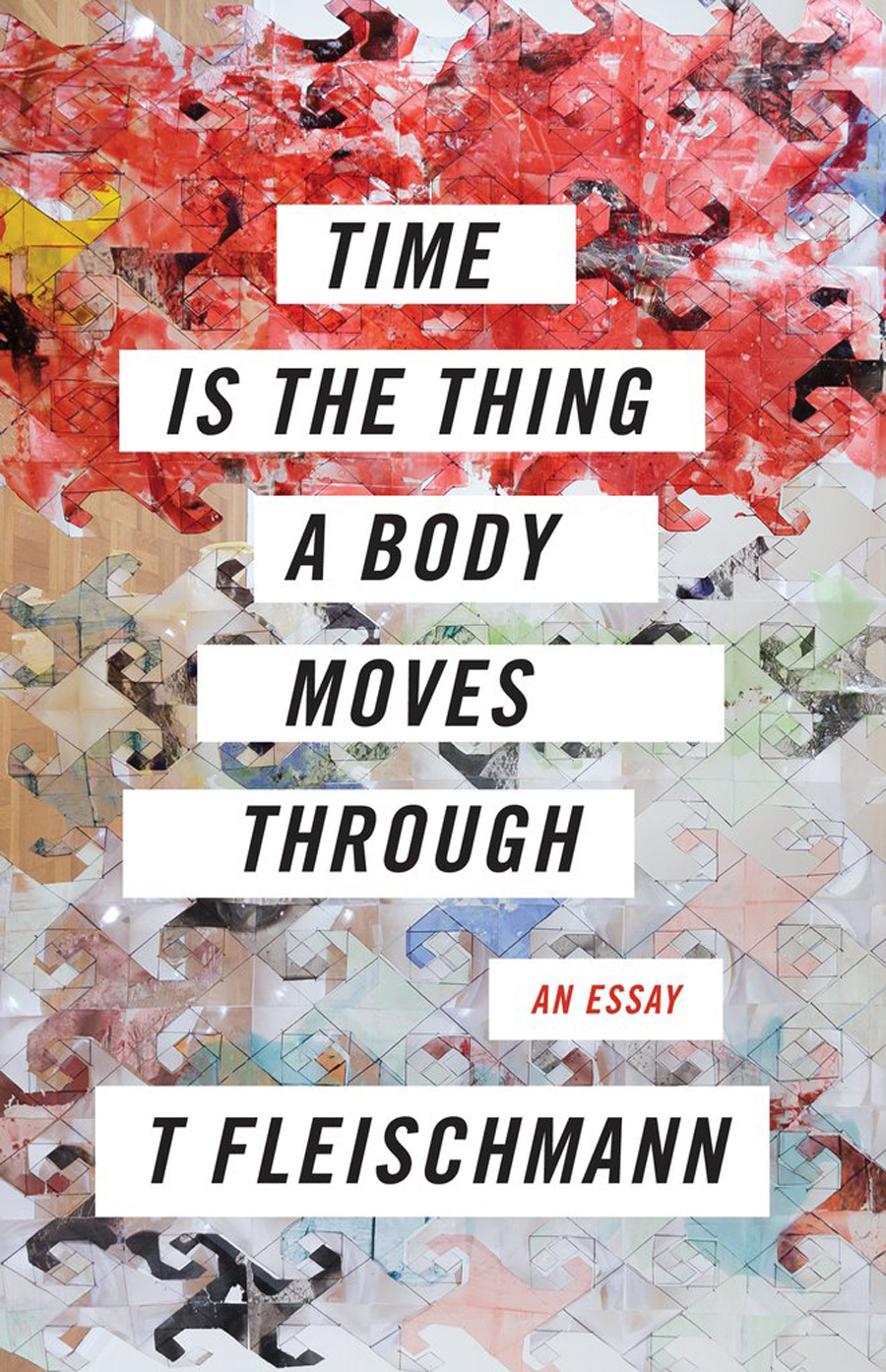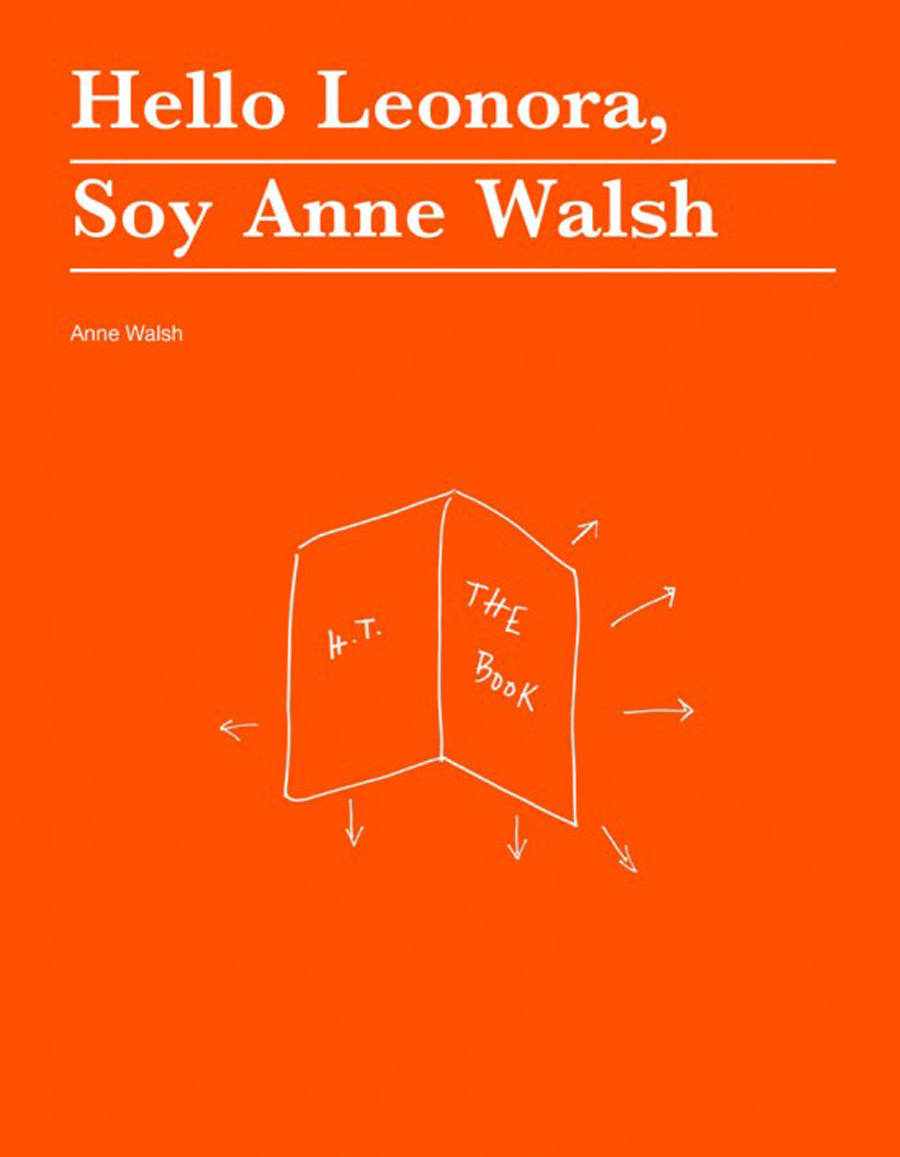An Image Absorbed: How Might We Process the Self Through Art and Language?
Three new books – from T. Fleischmann, Kathryn Scanlan and Anne Walsh – make a case for the importance of intimacy
Three new books – from T. Fleischmann, Kathryn Scanlan and Anne Walsh – make a case for the importance of intimacy

These days, when I close my eyes, an image repeats and repeats, as if etched on the inside of my lids. Red against black, it is a flower, papery and enormous, an impossible crimson, carmine, coqeulicot red. It began with Georgia O’Keeffe, you see, and Oriental Poppies (1928), whose colour, Werner’s nomenclature tells me, is scarlet red. Scarlet like Nathaniel Hawthorne’s damning letter, which they say influenced Sylvia Plath, who wrote ‘Poppies in October’, on 27 October 1962, in which the poem’s speaker asks of said flowers, ‘O my God, what am I / That these late mouths should cry open / In a forest of frost, in a dawn of cornflowers.’ From here to Maggie Nelson, who writes of Plath’s poems in The Art of Cruelty (2011), because something about the language and syntax of these two women seems similarly burned and bare. Nelson, who wrote in Bluets (2009) of how the honeybee who flies into the folds of a poppy ‘sees a gaping violet mouth, where we see an orange flower and assume that it’s orange, that we’re normal.’
And so, and on, and on. An image absorbed, passed down and complicated, a kind of inheritance. Because we are not normal. We want to fly right into the middle of something, and this is how it works: an image, an object, a story takes hold, a chain of meaning emerges, floods the mind, entrenches itself and starts to pull and pull, the pulling does not stop, and you carry it closely until it becomes you. To contemplate this kind of saturation, and how to possess it in language, opens a vein of want in me that is insatiable. It is a sensibility I know I share with others, though its outcomes and manifestations are many and individual.

In my notes on Time Is the Thing a Body Moves Through by T. Fleischmann, Hello Leonora, Soy Anne Walsh by Anne Walsh and Aug 9—Fog (all books 2019) by Kathryn Scanlan, a list of verbs, which are also desires:
To be
To become
To enter
To change
To evolve
To escape
To dissolve
To transcend
To transform
To inhabit
To embody
To address
To caress
To fondle
To consume
To connect
To collaborate
To love
To generate
To regenerate
To intimate
Yes, to intimate and too intimate; too sentimental, I imagine, this list will be, for some. But desires are also possibilities, formal and material, and what connects these three publications – each of which deals with a specific core source or reference – is the embrace of form as radical potential; the sense that to make forms is to revolutionize, to learn to love and then to share something that we do not yet understand, even while it seems to originate from deep within. In this sense, intimacy – affinity, identification, longing, even obsession – is paramount.
Love is a word that recurs throughout Fleischmann’s book, which is a meditation on relationships, place, proximity and distance, belonging, community, gender, politics, the body and, well, love, and all the things that can mean, braided with digressive, descriptive passages about the work of Cuban-born American artist Felix Gonzalez-Torres. ‘You need that space, you need that lifting up, you need that traveling in your mind that love brings, transgressing the limits of your body and your imagination,’ Fleishmann quotes Gonzalez-Torres on the importance of love to art, reading the emotion – or its subsequent absence – into many of the artist’s works. “Untitled” (Passport) (1991), for instance, in which a viewer can take an ‘uninscribed piece of paper’ from a stack of white, symbolizing at once ‘an untouched feeling’ and ‘the most painful, the most banal, the most sublime’. Or the artist’s use of a Pasolini poem in the press release for his 1995 show at Andrea Rosen Gallery: ‘I work all day like a monk / and at night wander about like an alleycat / looking for love.’ Love, devotion, as a state of internal conflict, ever shifting with context.

‘I am hoping to lodge a piece of myself in you, something you’ll like and want to keep,’ writes Walsh in her wild and uncategorizable book, composed of research notes, letters, cast lists, plot summaries, essays, images, installations, screenshots, scripts, photo essays, Post-It notes, flow charts and self-probing narrative passages. Hello Leonora, Soy Anne Walsh is a processual document of her 10-year, multi-part engagement with Leonora Carrington’s novel, The Hearing Trumpet (1976). Like its title, Walsh’s book is an address, a love letter, a calling to and from: an identification of the self via another. Through elliptical documents, she describes her desire to make a film adaptation of The Hearing Trumpet, as well as an investigation of her own impulses: ‘a book in sections, a book where I get to tell her about me,’ reads one note. ‘THE BOOK INTERVIEWS ME. THE BOOK NARRATES,’ reads the heading of another. ‘The book’ is at once The Hearing Trumpet and Walsh’s own publication, each of which speaks of women and aging, of the refusal to become invisible, of possibility for ‘self-government and species cross-loving and breeding.’ ‘Senility seems like a metaphor for anti-authoritarian behaviour and narrative,’ notes Walsh. ‘Is there such a thing as a senile novel?’
Do certain artworks ask for a more involved response? A giving over of the self? A desire to be reconstituted, described or embodied on their own terms, in their own language? One could scarcely imagine writing about, say, Richard Serra in this manner. But then: those lines, those curves. Predilections are personal. At a public auction fifteen years ago, Scanlan acquired the diary of a stranger, an elderly woman in a small Illinois town who began the diary in 1968, when she was 86, and kept it faithfully until 1972. ‘At first I loved only the physicality of the diary,’ writes Scanlan, ‘the author’s cramped hand, the awkward, artful way she filled the page.’ But then she reads it: she consumes, collects, arranges and rearranges its language into the slim, enigmatic volume that is Aug 9—Fog.
‘Finished jig-saw—Niagara Falls.
Very pretty, hard one.’
or
‘Fine snow. Ground white. D. sick all
nite. Her stomach & bowels. I didn’t
hear her.’
and
‘Sun shining then rainy but clearing.’
Poems, prayers, exhalations? Scanlan describes how she has possessed the diary entirely to the extent that she is fused with its writer, whose language often tumbles from her mouth unexpectedly. Sometimes, to be intimate with a piece of work is to find the logic behind its words. Scanlan exhumes an originary poesis from the text of a stranger, a numinous encounter by which its daily language becomes timeless and universal. ‘Is it some kind of sacred text—meant for me alone?’, she wonders. Perhaps. Or perhaps we might all be capable, given the time and tenderness, of finding this in any work, in any writing, object, image.

Like the artworks and narratives of their muses, as it were, Fleishman, Walsh and Scanlan’s forms are non-conformist, heterogeneous, rebellious and generative: they show how it might be possible to process the self through art and language, and to come out the other side anew. A proposal for the possibilities of art, but also the possibilities of the self – that neither is fixed nor static, but immutable, mobile, multiple; that this is an ongoing process; that freedom is the freedom to imagine that which you cannot yet imagine. An ethics of vulnerability and engagement, of connection and kinship. Too intimate, maybe, but these days, why the hell not.
Find the poppy. Fly right into its centre. Open your eyes.
Main image: Suzanne Dean, Cover for Maggie Nelson's Bluets (detail), 1917, Courtesy: Penguin Random House





















